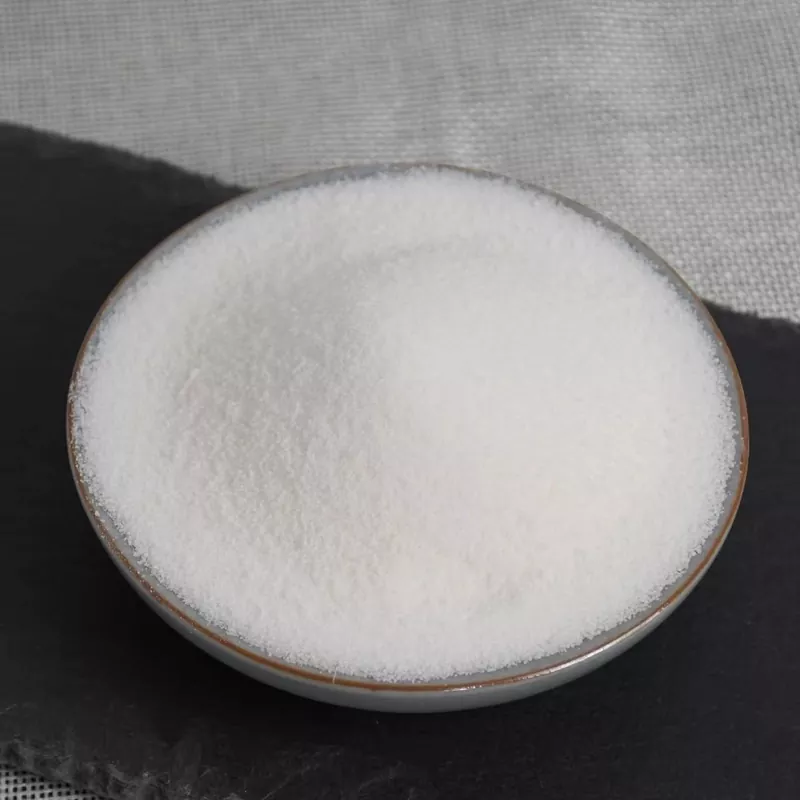PVC Industry Turns to Greener Solutions as Markets Evolve —_And Innovation Takes the Spotlight
As environmental scrutiny intensifies worldwide, the PVC industry finds itself at a critical crossroads. Once dominated by cost-driven choices and legacy technologies, the sector is shifting toward more sustainable solutions—particularly when it comes to PVC stabilizers.
Traditionally, lead-based stabilizers were the workhorse of PVC manufacturing, delivering durability and performance at a low cost. But with regulatory crackdowns spreading from Europe to Asia, the days of lead additives are quickly coming to an end. In their place, calcium-zinc systems, organo-based alternatives, and even bio-based stabilizers are gaining ground.

“Environmental compliance is no longer optional; it’s the cost of doing business,” says Richard Evans, a polymer market analyst in London.“Customers are demanding materials that are safe, sustainable, and globally accepted. Stabilizers, although a small part of the recipe, have become a major focal point.”
China, which has long served as the world’s manufacturing powerhouse, is now driving significant changes of its own. Stricter domestic regulations and the government’s aggressive environmental targets are reshaping the local stabilizer market—and creating opportunities for innovative suppliers. Meanwhile, demand across Southeast Asia and India continues to climb, fueled by infrastructure projects and growing consumer markets.
Against the backdrop of the global PVC stabilizer market expected to grow from approximately USD 3.2 billion in 2024 to over USD 4 billion in 2030, regional development shows differentiated characteristics. Companies that can achieve synergy among meeting environmental protection regulations, ensuring product technical effectiveness and maintaining cost advantages will occupy a leading position in future market competition.
Adding to the challenge, geopolitical tensions and ongoing supply chain disruptions are forcing producers to rethink sourcing strategies and regional manufacturing footprints.
Under the current pressure of industry transformation, market participants still maintain a cautious and positive development attitude. Although the research on the development of bio-based stabilizers using plant raw materials is still in the early stages of exploration, this type of innovative technology is expected to break through traditional limitations and achieve the dual value combination of environmental protection characteristics and high-quality performance of materials, injecting new possibilities into the future prospects of the industry.






